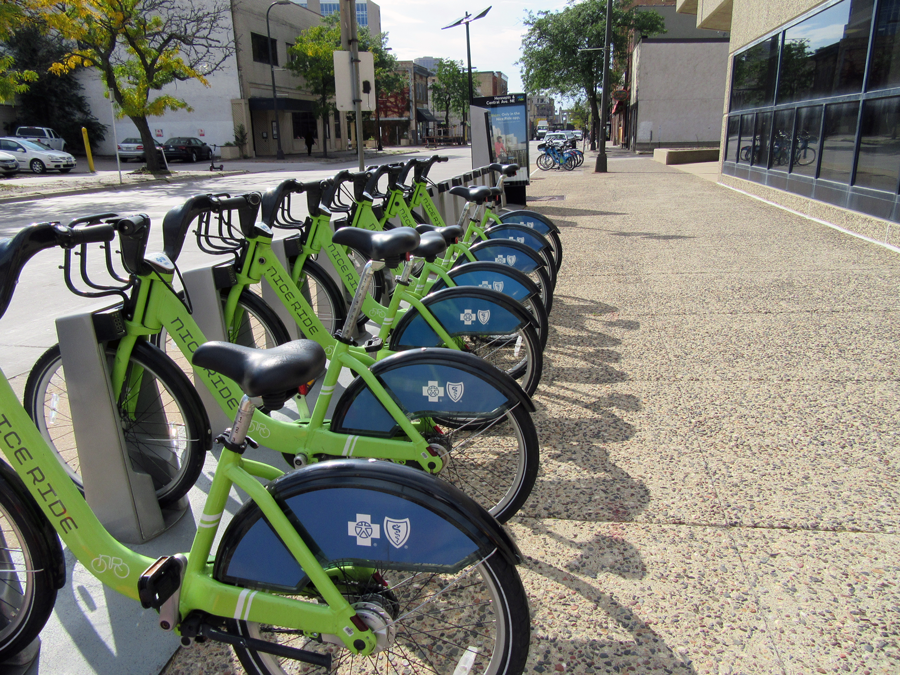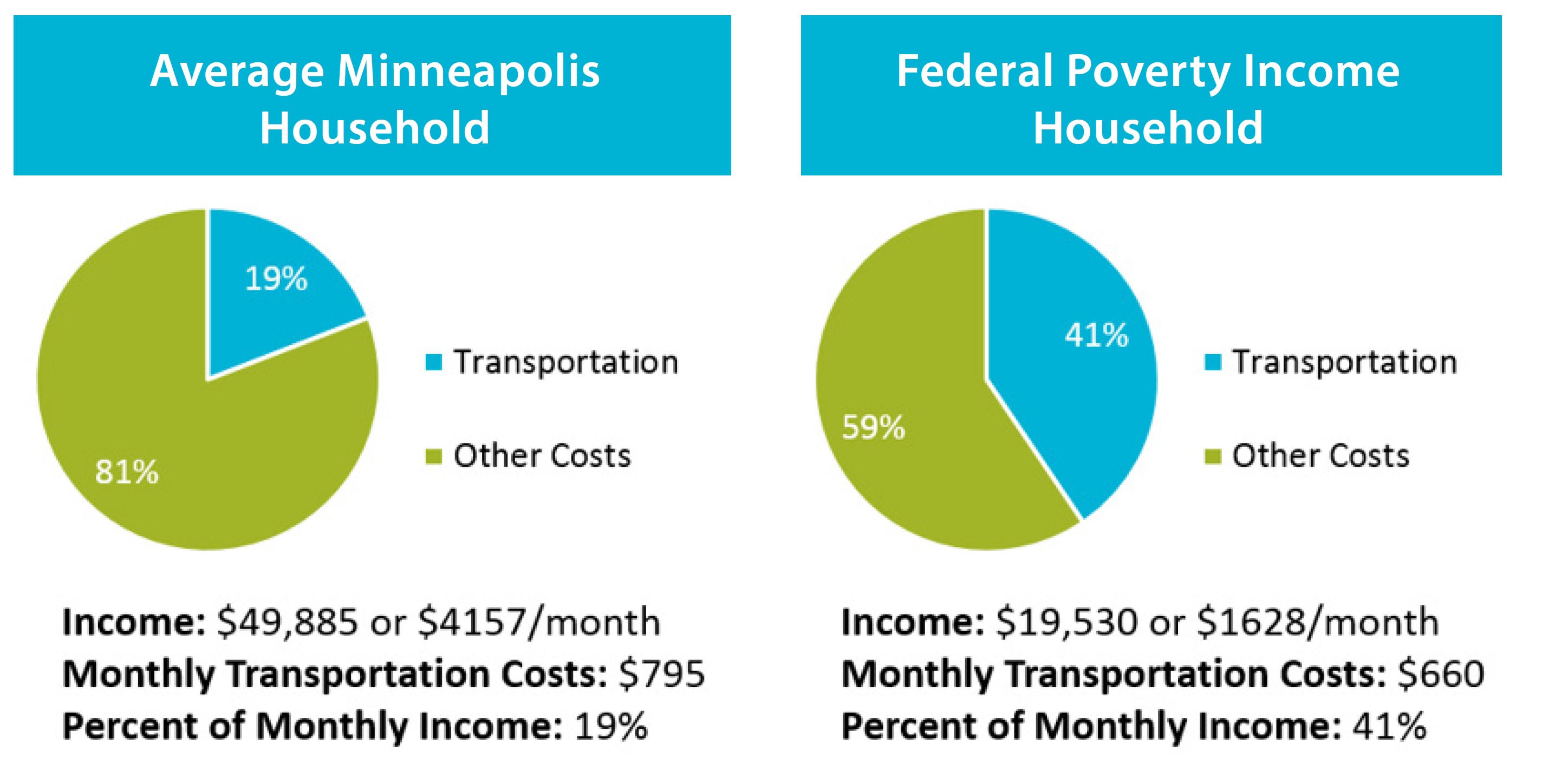Strategy 2 Increase access to shared mobility services by removing the barriers of physical ability, geographic placement, language, payment methods, income and technology and digital literacy.
The actions within this strategy are divided into two categories:
Action we will DOActions we will SUPPORTAction we will do are followed by “DO” and are colored in dark gray, and actions we will support are followed by “SUPPORT” and are colored in light gray.
Learn more about how we get thereShared vehicles and services create options for people who do not have access to or choose not to have a private vehicle. Increasing access to shared fleets is important for shifting travel behaviors and maintaining affordability. The City is focused on ensuring full access to these shared mobility service options for those who could benefit most by removing barriers such as lack of a smartphone, bank account or a driver’s license. By partnering with local organizations and other public agencies that are already working on access issues, we are leveraging resources to have the greatest impact.
Source for "Percentage of household income spent on transportation": 2013 American Housing Survey; American Community Survey 2009-2013 (5 year estimates)
Actions to increase access to shared mobility services by removing the barriers of physical ability, geographic placement, language, payment methods, income and technology.
Technology 2.1
Maintain and welcome an environment where bikeshare and micromobility options thrive and provide real mobility options and benefits.
Supported goals:
Climate Equity Prosperity Mobility Active Partnerships
Related actions:
Technology 6.4, Bicycles 9.1, Bicycles 9.2, Bicycles 9.3, Bicycles 9.4, Bicycles 9.5, Bicycles 9.6
Difficulty:
Medium
Timeframe:
2020-2023 (Years 0-3)
Status:
On-going
Technology 2.2
Include conditions in agreements with shared mobility service providers that require equitable access: low-price options, education and outreach about how to access services, geographic distribution with a focus in areas of concentrated poverty with majority people of color, non-English resources, non-smartphone access, ADA access to vehicles and services and multiple payment methods including options for the unbanked.
Supported goals:
Equity Active Partnerships
Related actions:
Difficulty:
Low
Timeframe:
2020-2023 (Years 0-3)
Status:
On-going
Technology 2.3
Work with public and private partners to standardize the low-income eligibility and registration process for shared mobility services.
Supported goals:
Equity Active Partnerships
Related actions:
Difficulty:
High
Timeframe:
2020-2023 (Years 0-3)
Status:
On-going
Technology 2.4
Work with shared mobility service providers to provide adaptive and different sized vehicles where possible and vehicles with additional storage and passenger capacity.
Supported goals:
Equity Mobility Active Partnerships
Related actions:
Bicycles 9.1
Difficulty:
Medium
Timeframe:
2024-2027 (Years 4-7)
Technology 2.5
Review existing validation requirements for alternatives to having a driver’s license to operate shared mobility services where potentially feasible.
Supported goals:
Equity
Related actions:
Difficulty:
Medium
Timeframe:
2020-2023 (Years 0-3)
Technology 2.6
Evaluate the reintroduction of car sharing or similar model that allows for one-way trips and analyze city support for viability.
Supported goals:
Equity Mobility Active Partnerships
Related actions:
Operations 5.8
Difficulty:
High
Timeframe:
2024-2027 (Years 4-7)
Technology 2.7
Institute a process to consult with communities, grassroot coalitions and non-profits to evaluate existing services, envision and create new solutions to reduce barriers to shared mobility services that best suit the needs of low-income and underrepresented individuals.
Supported goals:
Equity Prosperity Mobility Active Partnerships
Related actions:
Difficulty:
High
Timeframe:
2024-2027 (Years 4-7)


